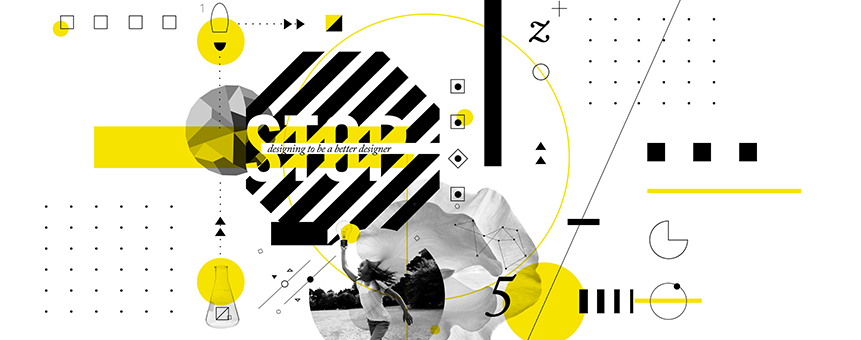 CMO.COM
CMO.COM
Brains Don't Lie: The Neuroscience of Viral Content
It was once enough for a piece of marketing content simply to be memorable and communicate positive qualities about a brand or product. But today's consumer holds such incredible power to amplify content reach that marketers and designers need to build in hooks to compel users to share messages far and wide. By analyzing the neural mechanisms underlying decision making, we can gather insights that help us create mass interest, nudge audiences to action, and ultimately create content that’s more shareable. Here are 6 tips for creating more viral content. CMO ESSENTIALS
CMO ESSENTIALS
Word Play: What Neuroscience Says About Crafting
Compelling Content
A crucial part of being a designer or marketer is selling concepts, both to obtain internal buy-in as well as client sign-off. Sometimes in design, language is overlooked as a key contributor to experiences. But research is changing the way we do things. Neuroscience and psychology has shown that strategically using copy can win us half the battle. Here are a 6 wordplay tips to keep in mind when crafting content to persuade and move audiences to action.
COMING SOON THE STARTUP MAGAZINE
THE STARTUP MAGAZINE
Just Show Up: Revving the Engine that Drives Creativity
As creatives, we have all had that feeling that our muse has abandoned us; that there is a block clogging up our creative energies. Consider that discipline is the engine that drives creativity, the spark that keeps the creative fires burning… Find out what neuroscience says about creativity and how we can keep ideas flowing. STARTUP MAGAZINE COLLECTION
STARTUP MAGAZINE COLLECTION
Stop Designing to Be A Better Designer
Designers are always looking for ways to gather inspiration and hone their craft, and sometimes, the best way to do so is to stop designing. Here’s why. Design is about people — how they behave, what they want and how you can improve their lives. So step out of your designer shoes for a bit. Here are five easy ways to start.- Amanda has written for a number of publications about neuroscience and design. By applying neuroscience and psychology to design, depth and reasoning is added to visuals and content. Her articles demonstrate that approaching design from a multidisciplinary perspective only makes it more compelling. Her articles have appeared in the following publications:

Projects
